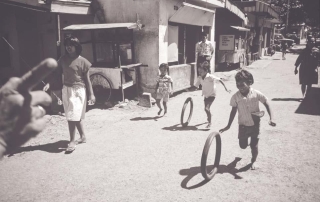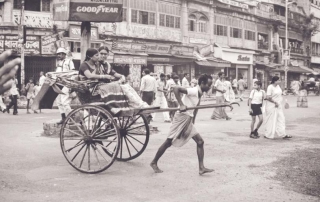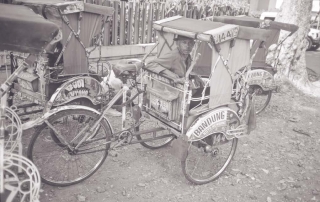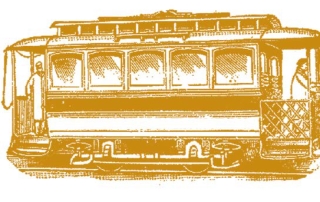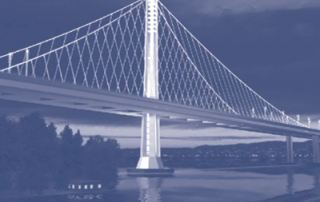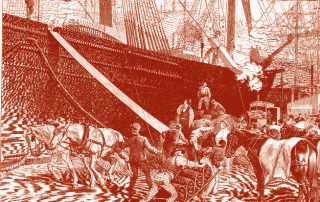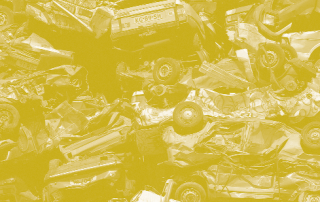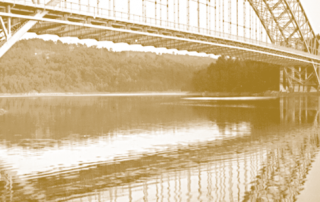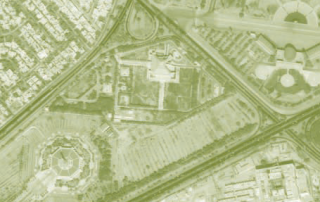Teaching With Mel
Elizabeth Deakin
Mel Webber taught both planning theory and transportation policy to graduate students in the Department of City and Regional Planning. I had the good fortune to co-teach the transportation policy class with him in the late 1980s, shortly before his retirement from the department. We each took responsibility for some of the sessions, but both of us participated in nearly every class.
When it was Mel’s turn, he rarely lectured. Sometimes he started the class with a slide show or a few transparencies, then opened up the session to discussion. At other times he came to class with brief introductory remarks and an example or two, plus a list of questions to debate.

